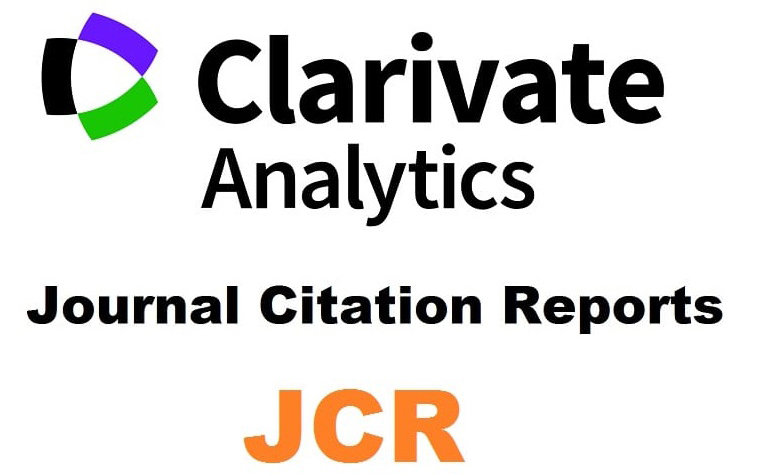The Point of the Centre: Present and Past Discourses of China-hood / La cuestión del Centro: Discursos presentes y pasados de la Sinitud
Palavras-chave:
China, Japan, Sinosphere, politics, Confucianism, nationalismResumo
With the rise of China over the recent decades, both economic and geopolitical, pundits have increasingly come to remind us that once upon a time what we now call China was the centre of its world. The implication invariably is that just like the historical China was once a centre of global gravity, its current trajectory may be expected to bring today’s China inexorably back into the centre of the global order from which it only briefly abstained itself for a few recent centuries. When making such conjectures, we assume we safely know what China is and where it is. But what is this “China”, Zhongguo or Zhonghua, the “Middle Kingdom” or “Central Civilisation”, as it is famously called in its native version? It certainly has the claim to centrality in its very name. Yet the name was emphatically not established as a geographic or ethnic label for a territorial state or a nation. Rather, it represented a bold normative claim, a universalist assertion of value. It resembles such lofty epithets as “the Land of the Free”, “the new Rome”, or “Zion” in that it is above all an aspirational title. Historically, the gravitational pull that has constituted what some have called “the Sinosphere” was due to this aspirational universal moral claim more than it was the result of an actual geopolitical hegemony. Until the twentieth century and the arrival on the stage of that brave new invention –the nation– neither territory nor ethnicity really defined “China”. A situated view from the neighbourhood may help to clarify this confusing situation. Well embedded in the broader Sinosphere through a complex history of negotiating its relations to the succession of dynastic empires on the mainland, the Japanese archipelago has long been the locus of discussions about the meaning and purpose of the Chinese claim to represent the “Middle Kingdom”. Indeed, in terms of statehood and asserted or wished cultural identity, “Japan” has defined itself for most of its history by acknowledging, denying, emulating or arrogating that claim to centrality. We can understand much about what “China” has meant by mapping Japanese aspirations to become China.Downloads
Não há dados estatísticos.
Downloads
Publicado
2016-03-27
Como Citar
Mervart, D. (2016). The Point of the Centre: Present and Past Discourses of China-hood / La cuestión del Centro: Discursos presentes y pasados de la Sinitud. Araucaria, 18(35). Recuperado de https://revistascientificas.us.es/index.php/araucaria/article/view/2669
Edição
Seção
Monográfico I
Licença
Las ediciones impresa y electrónica de esta Revista son editadas por el Secretariado de Publicaciones de la Universidad de Sevilla, siendo necesario citar la procedencia en cualquier reproducción parcial o total.Salvo indicación contraria, todos los contenidos de la edición electrónica se distribuyen bajo una licencia de uso y distribución “Creative Commons Atribución-NoComercial-SinDerivar 4.0 Internacional”



